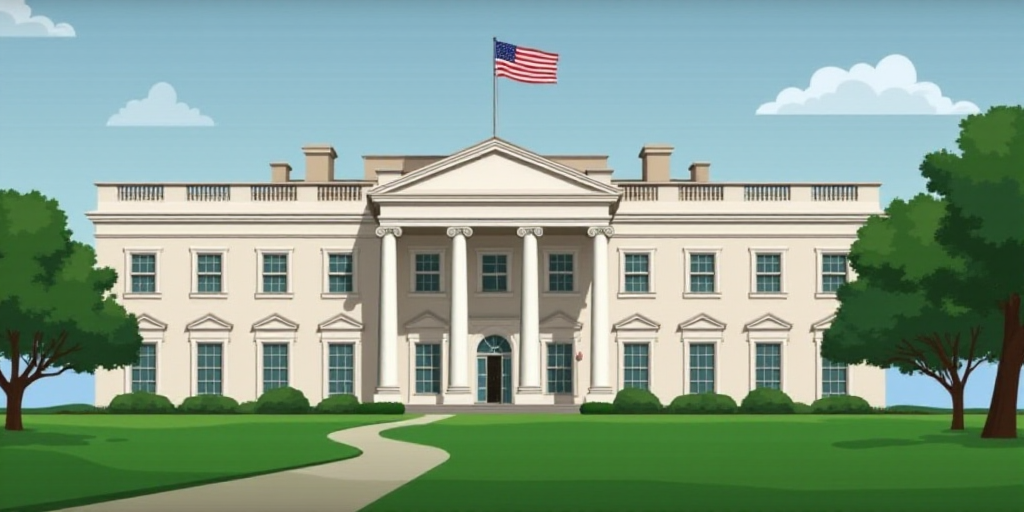Background on Key Figures and Context
The recent fluctuations in U.S. Treasury bond yields have been influenced by two significant factors: the ongoing tax reform efforts led by President Donald Trump and a credit rating downgrade from Moody’s Investors Service.
President Donald Trump and Tax Reform
President Trump’s tax reform proposal, aimed at cutting taxes for individuals and businesses, has been making its way through Congress. The bill passed a crucial committee on Sunday, and Republicans, who control the House of Representatives, are pushing for its approval this week.
Financial experts like Michael Lorizio from Manulife Investment Management express concerns that the tax reform could add between $3 trillion and $5 trillion to the national debt, which currently stands at $26.2 trillion.
Moody’s Credit Rating Downgrade
On Friday, Moody’s Investors Service lowered the U.S. sovereign credit rating from “Aaa” to “Aa1,” citing that the increase in debt and interest payments is “significantly higher” than for similarly rated sovereigns.
Bond Yield Trends and Impact
The yield on 2-year Treasury bonds decreased by 0.9 basis points to 3.974%, while the yield on 10-year Treasury bonds initially rose to 4.538% (its highest since April 11) before falling to 4.447% by the end of the session, a drop of 7.75 basis points.
The yield curve between 2-year and 10-year Treasury bonds fell by 2 basis points to 49.5 basis points.
The yield on 30-year Treasury bonds increased by 3.7 basis points to 4.934%, reaching a high of 5.037% since November 2023.
Historical Context and Previous Impact
In April, when President Trump imposed high reciprocal tariffs, U.S. Treasury bond yields surged. At that time, the 10-year bond yield exceeded 4.5%, and the 30-year bond yield reached a rate of 5%. However, these conditions temporarily reversed after the Trump administration agreed to reduce tariffs.
Key Questions and Answers
- What is causing the recent fluctuations in U.S. Treasury bond yields? The primary factors are concerns over President Trump’s tax reform proposal adding significantly to the national debt and Moody’s downgrade of the U.S. credit rating.
- How much could the tax reform proposal increase the national debt? Financial experts estimate that it could add between $3 trillion and $5 trillion to the current national debt of $26.2 trillion.
- What was the initial impact of President Trump’s tariffs on U.S. Treasury bond yields in April? The 10-year bond yield exceeded 4.5%, and the 30-year bond yield reached a rate of 5%. These yields later reversed temporarily after the Trump administration agreed to reduce tariffs.






